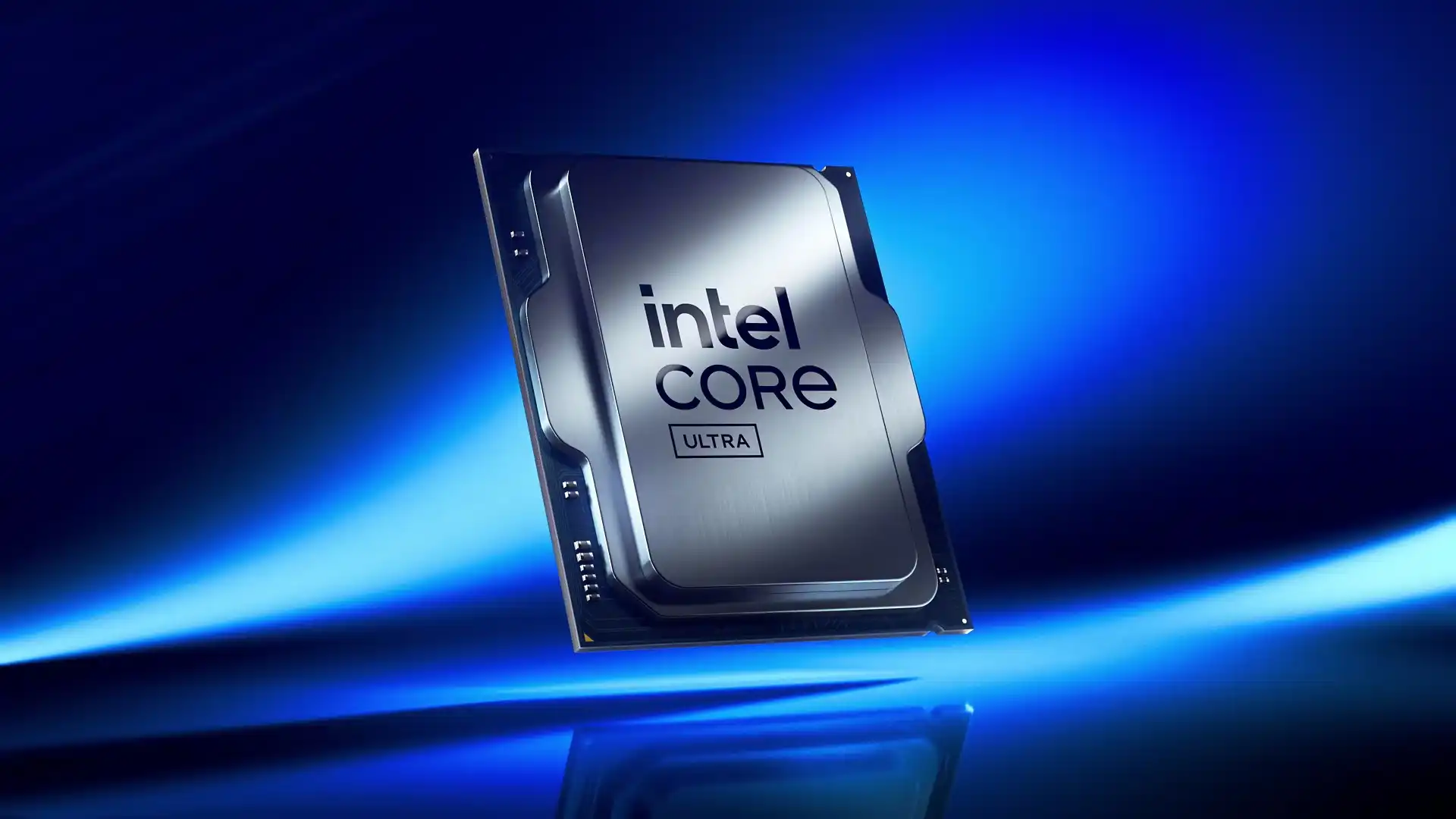There was a time when working at Intel’s headquarters in Silicon Valley was a badge of honor. The company helped launch the personal computer revolution and turned the transistor into the foundation of modern technology, powering everything from home appliances to fighter jets.
The credit for much of this success goes to Andy Grove, Intel’s third employee, who became CEO in 1987. Grove believed in his famous motto: “Only the paranoid survive.” Under his leadership, Intel dominated the microprocessor market and became the backbone of the PC era.
But after Grove stepped down, Intel slowly lost its edge. The company missed two of the biggest technology waves — smartphones and artificial intelligence — and began falling behind in chip manufacturing. What was once a symbol of innovation is now struggling for survival, relying heavily on U.S. government support.
The Golden Era of Intel
Founded in 1968 by Robert Noyce (co-inventor of the microchip) and Gordon Moore (famous for Moore’s Law), Intel quickly became a pioneer. Together with Grove, they transformed the company from making memory chips into building microprocessors — the “brains” of modern computers.
In the 1980s and 1990s, Intel’s chips powered IBM computers, and when Microsoft built Windows for Intel processors, the “Wintel” alliance was born. By the mid-90s, nearly every personal computer carried the iconic “Intel Inside” sticker. Intel was untouchable, with record-breaking profits and a global presence.
Missed Opportunities and Strategic Mistakes
Intel’s downfall began with missed opportunities:
- The iPhone Deal: In 2005, then-CEO Paul Otellini rejected Apple’s offer to supply chips for the first iPhone. He later admitted it was the biggest regret of his career. That single decision allowed competitors like ARM and Qualcomm to dominate the smartphone revolution.
- The AI Revolution: Intel shut down a project that could have competed with Nvidia’s graphics processing units (GPUs), which later became essential for artificial intelligence and machine learning.
- Manufacturing Delays: Once the gold standard in semiconductor production, Intel faced years of delays, giving TSMC and Samsung the chance to take the lead.
Instead of innovating aggressively, Intel often abandoned projects prematurely, focusing too heavily on its traditional PC and server chips while competitors explored new frontiers.
Government Intervention and Intel’s Struggles
As Intel lagged behind, the U.S. government stepped in. Through the CHIPS Act, Intel secured billions in funding to revive American semiconductor manufacturing. But progress has been slow, and leadership shake-ups have only added to the uncertainty.
- Former CEO Pat Gelsinger invested $100 billion into U.S. manufacturing but failed to catch up with Nvidia in AI chips.
- In 2023, Lip-Bu Tan took over with promises to cut costs and focus on AI, but political pressures and U.S. government involvement left Intel vulnerable.
- In 2024, the government acquired a 10% stake in Intel — a shocking sign of how far the once-mighty company had fallen.
The Rise of Nvidia and Intel’s Uncertain Future
While Intel was struggling, Nvidia was soaring. Its GPUs became the backbone of AI systems like ChatGPT, fueling the biggest tech boom of the decade. Nvidia is now the world’s most valuable company, worth over $4 trillion, while Intel’s market value has shrunk to just $108 billion.
Intel’s story is a reminder of how even the strongest companies can stumble. Complacency, missed opportunities, and slow adaptation turned an industry leader into a struggling survivor.
Conclusion
Intel’s downfall is not just a business story — it’s a lesson in innovation, leadership, and timing. Technology never stops evolving, and companies that fail to ride the next wave risk being left behind. Once the king of chips, Intel now faces the challenge of rebuilding its legacy in an era dominated by Nvidia, TSMC, and AI-driven computing.
The future of Intel remains uncertain. Will it reinvent itself once again — or will it become just another fallen giant in Silicon Valley’s graveyard?
